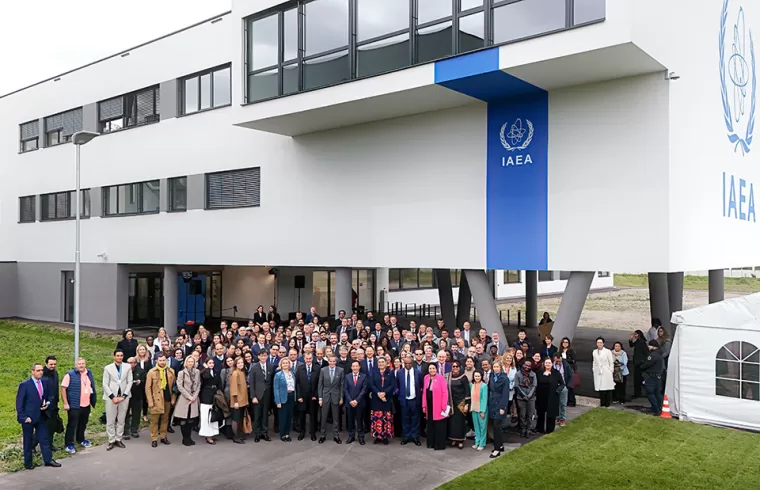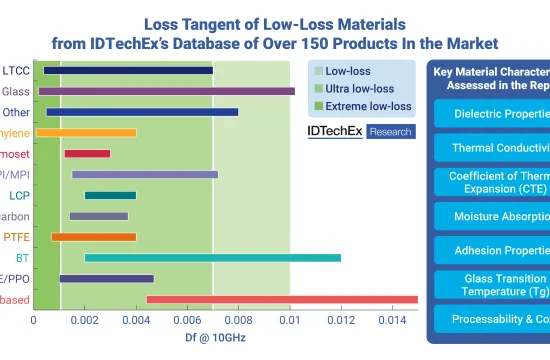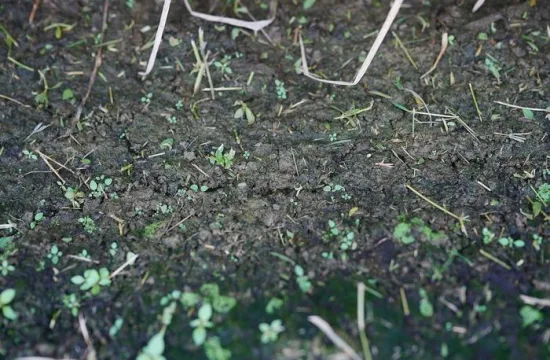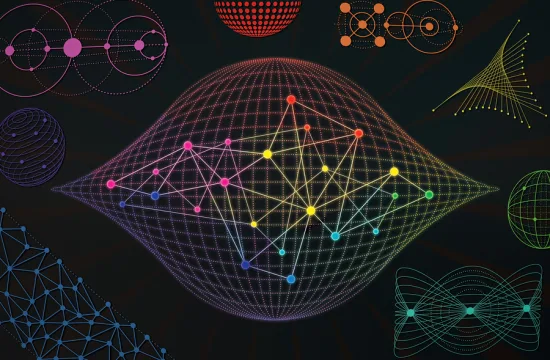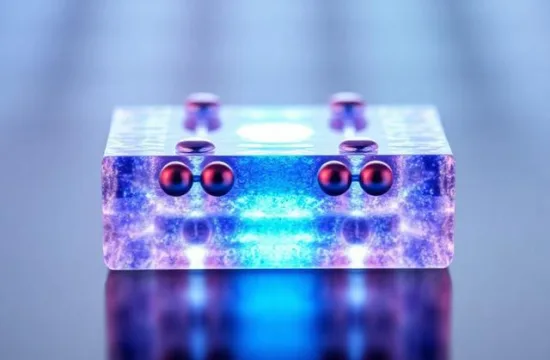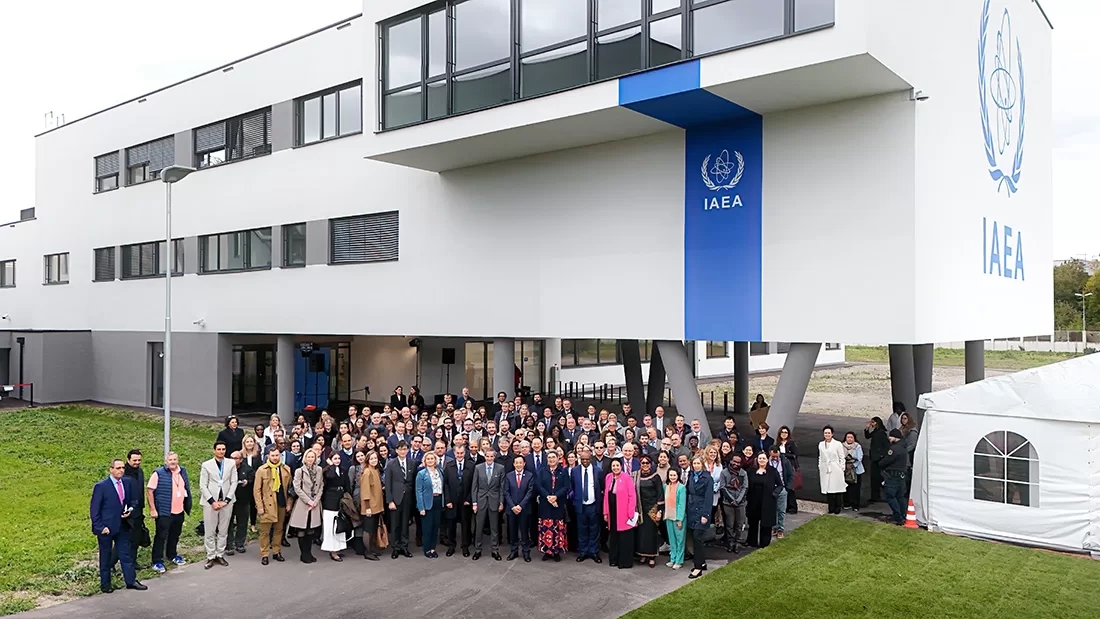
The International Atomic Energy Agency (IAEA) yesterday inaugurated the new Curie-Meitner Nuclear Applications Centre at its laboratory site in Seibersdorf, marking the successful completion of the ReNuAL2 (Renovation of the Nuclear Applications Laboratories) lab project.
This project aimed to modernize the Agency’s nuclear science and applications laboratories and strengthen scientific support to Member States in applying nuclear science and technology for peaceful purposes.
The new Curie-Meitner Nuclear Applications Centre – named after nuclear pioneers Marie Skłodowska-Curie and Lise Meitner – provides modern facilities for three of the IAEA’S eight nuclear science and applications laboratories in Seibersdorf. The Terrestrial Environment and Radiochemistry Laboratory provides support in managing radioactive, industrial, and environmental pollutants.
The Plant Breeding and Genetics laboratory, one of five laboratories that make up the Joint FAO/IAEA Agriculture and Biotechnology Laboratories at Seibersdorf, develops high-yield, resistant crops and the Nuclear Science and Instrumentation laboratory helps countries to use a range of analytic nuclear techniques.
At yesterday’s inauguration ceremony – attended by high level dignitaries and government representatives from 33 countries – IAEA Director General Rafael Mariano Grossi said the renewal of the laboratories represents a crucial investment in advancing nuclear applications.
“This achievement is more than a renovation; it’s the result of vision, commitment and partnership,” Director General Grossi said.
“The new Curie-Meitner Centre enables our scientists and partners from around the world to work together, innovate and deliver tangible solutions that improve health, food security and environmental protection.”
The completion of ReNuAL2 was made possible through the strong support of the IAEA’s Member States and partners. A total of 52 Member States contributed extrabudgetary resources, alongside in-kind and institutional support from governments and organizations.
Their collective commitment and partnership have been instrumental in transforming the Seibersdorf laboratories into a modern complex equipped to meet the evolving needs of countries in applying nuclear science and technology.
Mareike Wörrle, Minister Counsellor of the Federal Republic of Germany and Co-Chair of the Friends of ReNuAL, said, “We are proud of the applied scientific work carried out at the laboratories in Seibersdorf. Serving the people is what unites us, working together to overcome the challenges we all face.”
The IAEA’s nuclear application laboratories in Seibersdorf, roughly one hour outside of Vienna, were first built in 1959 to support the IAEA’s work in delivering to Member States the benefits of peaceful nuclear technologies through training, services, and applied research.
“It is a model of how science and innovation can be harnessed to support our member countries in addressing global challenges in the transformation of agrifood systems to be more efficient, more inclusive, more resilient and more sustainable,” FAO Director General Qu Dongyu said.
“The FAO is committed to our long partnership with the IAEA and the Joint FAO/IAEA Centre, letting the people benefit from innovation. This is a critical partnership. We are better together, leading deliverables in the UN family, serving our Member States.”
Alongside the new Curie-Meitner Centre, ReNuAL2 also brings new state-of-the-art greenhouses essential to developing climate-smart agriculture and improved water resource management and a fully refurbished space for the dosimetry laboratory to support cancer control and ensure patients receive safe radiation doses.
“The successful completion of ReNuAL2 is a milestone for the Agency,” said Lunga Bengu, Deputy Permanent Representative of the Permanent Mission of South Africa to the United Nations, Vienna.
“It is a privilege to thank all the Member States for their contributions and tireless efforts in meeting the challenges and making significant advances in the peaceful uses of nuclear science and applications for all.”
Yesterday’s inauguration follows the recent opening on 17 September of the new IAEA Visitor Centre also in Seibersdorf, Austria, a first-of-its-kind space where visitors can experience the Agency’s mission and discover how nuclear science and technology is addressing global challenges.
“I have been two times here in the last two weeks,” said Gabriela Sellner, Permanent Representative of the Permanent Mission of Austria to the United Nations in Vienna.
“This is a testament to the striving work of the IAEA in Seibersdorf. Austria is very proud to host IAEA laboratories since 1962.”

